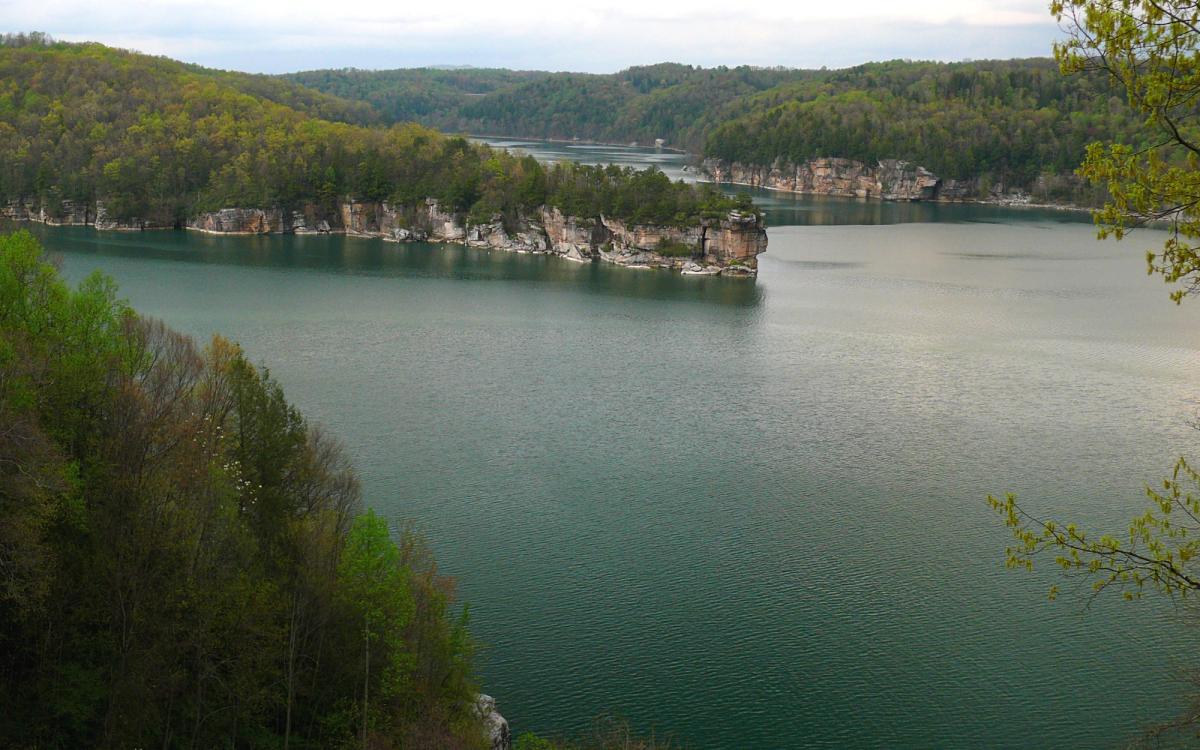6 Tips For Fishing Flooded Lakes And Rivers
As the old saying goes, “April showers bring May flowers” – and also rivers and creeks flush with the runoff those showers create, raising water levels and creating difficult conditions for anglers trying to catch bass while fishing flooded lakes.As difficult as high, flooded conditions can be for fishermen, they are a necessary part of the annual cycle, restoring water levels, and providing precious nutrients necessary for baitfish reproduction.Just because they’re necessary for a fishery's future, though, doesn’t make them any less difficult to fish…Since you’re stuck fishing flooded lakes, you might as well know what to look for:
1. Head To The Bank
There’s an old saying that goes, “a rising tide lifts all boats.” Although it was originally used in an economic sense, it’s actually very applicable to bass fishing in high water. Rising water means more flooded cover, and also increased current – which combine to push baitfish and bass straight to the bank. When you’re fishing in high water, you really can’t get too shallow. Bass aren’t very tall, so focus all your efforts on the shallowest cover available in the system.
2. Find An Eddy
In river systems, high water means ripping current – and bass just aren’t physically built to fight current all day long. For that reason, they congregate in areas that allow them respite from the current. Focusing on current breaks, and the eddies they create, is one of the quickest ways to find action when the water’s high. Eddies allow bass to hang with ease just out of the current, while staying close enough to nab any baitfish that wash their way.
3. Look For Clear Water
Muddy water not only obscures visibility for bass, but it can also make the bite tougher by decreasing their feeding activity. Think about it the same way that you would react in a smoky room. Sure, you can still breathe – but you’re probably going to be a lot less happy about it. This effect is most dramatic the first few days of high water, as the bass will eventually adjust to the murkier conditions. To compensate while fishing flooded lakes, start your search for bass by looking for the cleanest water possible, because it will almost always harbor the most active bass.
4. Think Loud And Bold
When the visibility is low, bass have to rely almost entirely on their lateral lines to feed – which means you have to amp up your presentations to get their attention. The same baits may be effective, but you’ve got to tweak them a little bit. Opt for spinnerbaits with thumping Colorado blades like the Strike King Mini Spinner, vibrating jigs, bulky plastics, and loud rattling cranks in high water. It also pays off to use colors that will show up well in the murk – like dark blacks and blues for plastics, or bright chartreuses and oranges for winding baits.
5. Be Thorough
Because they’re feeding with their lateral lines, high water bass have dramatically reduced strike zones. In a clearer water situation, it’s common for bass to swim several feet to chase down a bait. Decrease the visibility to inches, and that same bass may not even feel your bait unless it plops right in their face. For that reason, it’s imperative to be thorough any time you are fishing flooded lakes. It doesn’t mean you have to slow down, just that you need to cover each piece of cover with multiple casts, preferably from multiple angles to maximize the bite. Instead of making one flip to a bush, flip once to each side, then again in the heart to ensure any bass holding on it sees your bait.
Updated February 7th, 2019 at 10:18 AM CT


